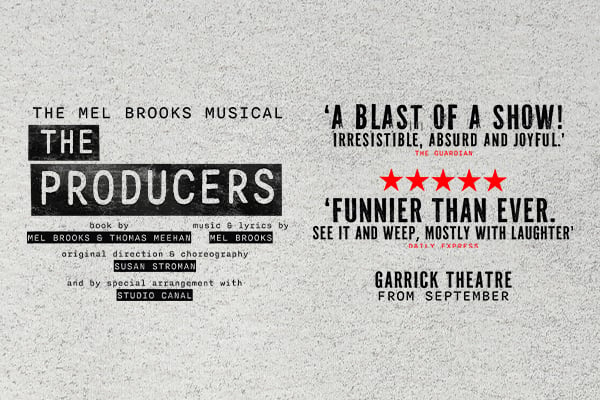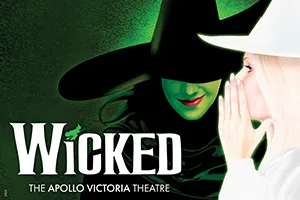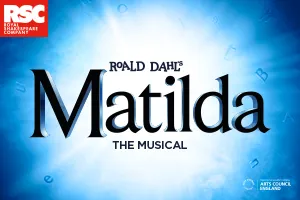Space operas are so 1970s. In intellectual,
grown-up 2014, we need our oeuvres and opuses to do more than just take us to a
galaxy far, far away. Which is just as well, as company Bodycorps have come up
with an intriguing proposition –
The Anatomy of Melancholy has the potential to be a really unique production with something substantial to say about one of our nation’s most taboo topics.
Entering the eerie, pillared basement of Testbed1 in Battersea, there seems like no better place for such an intense production. And The Anatomy of Melancholy certainly burns with a dark severity. The story follows the languishes of a young man (John Lattimore) who has become so hopelessly depressed that even reading is joyless and draining. Members of his family, from his father, (Mark Beesley) to his Grandmother (Janet Henfry) are increasingly worried about whether he’ll ever come out of his dark slumber. But the young man continues to sink ever deeper.
As the rather clinical title may suggest, the idea for this production came from a 17th century book of the same name by Robert Burton. It’s a text that was one of the first to dissect in detail the notion of melancholy as a palpable thing. Inbetween operatic verses, the Grandmother tells us about how within a healthy body lies “four humors” or temperaments – “blood, yellow bile, black bile and phlegm”. Their presence or absence can determine what kind of a person you are – and black bile is supposedly plaguing our weary protagonist.
Four actors (Raphaela Papadakis, Anna Harvey, Donna Lennard, Dario Dugandzic) take up the roles of the humors and join in operatic chorus interwoven around the troubled family unit’s saga. It’s an intriguing choice of staging that helps in terms of adding more voices to the fray, but the four supposedly unique characteristics of the humors don’t really come across, a bit of an opportunity lost.
Perhaps though the four humors are too busy filming and singing to actually convey any personality. For, as well as strong operatic singing accompanied by a full nine piece set of onstage accomplished musicians, there are also moments where our protagonist’s despair-ridden frame is filmed live from various intimate angles by the onstage cast, with the videos projected onto screens. These moments waver, as most technological gimmicks do, just slightly over the line of being mildly unnecessary. However it does all come together for one brief instant - when screens are pushed together and our youth’s face becomes projected over himself, appearing to drown in its own image - a very moving and troubling visual metaphor.
And there’s more where that came from.“The Sorrows of Young Werther”, terracotta soldiers, ancient prescriptions, cutting-edge genetics – there’s a hell of a lot of subtext and thought built into The Anatomy of Melancholy. No wonder our protagonist feels so overwhelmed – I think I do at some points too. But John Lattimore remains incredibly compelling as Depression’s conduit, so genuinely portraying a sense of despair that I almost began to worry for him.
And yet, nearly all of this thought-provoking reflection is undone by the fact that a screen projecting the words the cast sing is so difficult to see if you aren’t sitting near the middle, half of the performance is spent craning and squinting at the ceiling. If it’s possible for this irritating defect to somehow be rectified, The Anatomy of Melancholy has the potential to be a really unique production with something substantial to say about one of our nation’s most taboo topics. Sorry Yoda, the bar’s been raised.


















